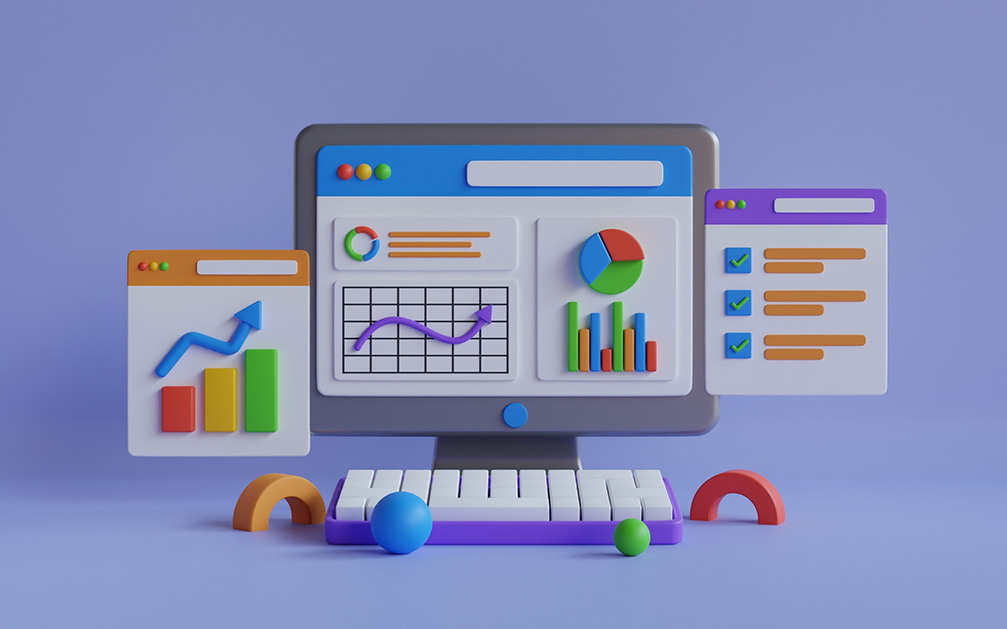Fundamental v Technical Analysis

As an experienced trading coach, I’ve worked with many inexperienced traders who struggle to navigate the forex market.
One of the biggest challenges they face is understanding how to use both fundamental and technical analysis to make informed trading decisions.
In this article, I’ll explain the difference between these two types of analysis and how combining them can create sentiment analysis, which is the key to understanding the sentiment of traders who move the market.
Fundamental Analysis: The Foundation of Forex Trading
Fundamental analysis involves examining economic, financial, and other qualitative and quantitative factors that can affect the value of a currency.
These factors include interest rates, inflation, economic growth, political stability, and central bank policy.
Traders who use fundamental analysis pay close attention to economic data releases and news events to assess how these factors may impact the market.
For example, if a country’s central bank announces a rate hike, traders who use fundamental analysis may expect the value of the currency to appreciate because higher interest rates attract foreign investment.
Similarly, if a country reports strong economic growth, traders may expect the currency to appreciate due to increased demand for goods and services.
Fundamental Analysis: Digging Deeper
To effectively use fundamental analysis, it’s important to dig deeper into the data and understand the underlying factors that are affecting the currency pair.
For example, a trader who is examining the interest rate differential between two countries may also need to consider the political climate in each country, as political instability can cause fluctuations in the exchange rate.
It’s also important to keep up to date with economic news releases and data releases, such as gross domestic product (GDP) reports and employment figures.
These reports can provide valuable insights into the overall health of an economy, and help traders understand the factors that are driving the currency.
Challenges of Fundamental Analysis: The Unpredictable
One of the biggest challenges of fundamental analysis is that it can be difficult to predict how the market will react to certain events.
For example, even if a trader has a strong understanding of the underlying economic data, they may not be able to accurately predict how the market will react to a particular news release.
This unpredictability can make it difficult to create a reliable trading strategy based solely on fundamental analysis.
Another challenge of fundamental analysis is the sheer amount of data that must be analysed.
In addition to economic data releases, traders must also stay up to date on political developments, central bank policy changes, and a variety of other factors that can affect the currency markets.
This can be costly (fast and detailed access to this information isn’t always free) time-consuming and overwhelming, particularly for new traders who are just starting to learn the basics of fundamental analysis.
Technical Analysis: The Art of Charting
Technical analysis involves studying charts and using various tools to identify patterns and trends in price movements. Traders who use technical analysis pay attention to indicators such as moving averages, trend lines, and oscillators to determine entry and exit points for trades. Technical analysis is based on the idea that historical price movements can provide insight into future price movements.
For example, a trader who uses technical analysis may look at a chart of a currency pair and notice that the price has been consistently trending upward.
Based on this observation, they may decide to enter a long position, hoping to profit from the continuation of the trend.
Technical Analysis: The Art of Charting Continued
While technical analysis is often associated with charting, there are a variety of other tools and indicators that traders can use to analyse the market.
For example, traders may use volume indicators to understand the level of participation in a market, or oscillators to identify overbought or oversold conditions.
Additionally, traders may use multiple time frames to gain a more complete understanding of the market.
By analysing both short-term and long-term charts, traders can get a sense of the overall trend, as well as the short-term fluctuations that can provide trading opportunities.
By combining these various tools and techniques, traders who use technical analysis can gain a more complete understanding of the market and make more informed trading decisions.
Challenges of Technical Analysis: The Limitations
One of the biggest challenges of technical analysis is its limitations.
While technical analysis can provide valuable insights into the market, it’s important to remember that past performance is not always an accurate predictor of future results.
Additionally, technical analysis is based solely on market data, and does not take into account external factors that can affect the market.
Another challenge of technical analysis is the risk of over analysis.
With so many different tools and indicators available, it can be tempting to try to analyse every possible variable in the market.
However, this can lead to analysis paralysis, where a trader is unable to make a decision because they are overwhelmed by the amount of data they have analysed.
To avoid this, it’s important to focus on a few key indicators that provide meaningful insights into the market, rather than trying to analyse every possible variable.
Combining Fundamental and Technical Analysis: Sentiment Analysis
While both fundamental and technical analysis can provide valuable insights into the market, they each have their limitations.
Fundamental analysis can be subjective and open to interpretation, while technical analysis is based solely on historical price movements and may not account for changes in economic or political conditions.
To overcome these limitations, many traders combine both types of analysis to create sentiment analysis.
Sentiment analysis involves examining both the fundamentals and technicals to gauge market sentiment and understand the overall mood of the market.
For example, a trader who uses sentiment analysis may notice that the technicals indicate an uptrend in a currency pair, but the fundamentals indicate that the country’s economy is struggling.
Based on this analysis, the trader may decide to enter a short position, expecting that market sentiment will eventually turn bearish.
Conclusion: The Importance of Sentiment Analysis
As an experienced trading coach, I often tell my trader clients that sentiment analysis is the key to successful forex trading.
By combining both fundamental and technical analysis, traders can gain a deeper understanding of the market and the sentiment of traders who move the market.
By paying attention to economic news events, studying charts, and using tools to identify trends and patterns, traders can create a comprehensive view of the market that accounts for both the fundamentals and the technicals.
This can help traders make more informed trading decisions that are based on a holistic understanding of the market, rather than relying on just one type of analysis.
More Information
For more trading term general definitions, visit our A to Z of Forex Trading
To look at these concepts in action, please visit our sister site, Latest Forex Rates
What to do Next
If you have more questions or need further guidance, don’t hesitate to reach out to us at The Trading Coach International for personalized coaching and support.
If you would like to learn more about trading forex profitably and what steps you can take next to get on the right track to build your Lifestyle Income From Trading, you can book an no obligation, Free Strategy Call with our Lead Trading Coach by clicking on THIS LINK
Disclaimer
The information, strategies, techniques and approaches discussed in this article are for general information purposes only. The Trading Coach International does not necessarily use, promote nor recommend any strategies discussed in this article. The information in this article may not be suitable for your personal financial circumstances and you should seek independent qualified financial advice before implementing any financial strategy. The Trading Coach International is not a financial advisor and does not have AFS registration.




















